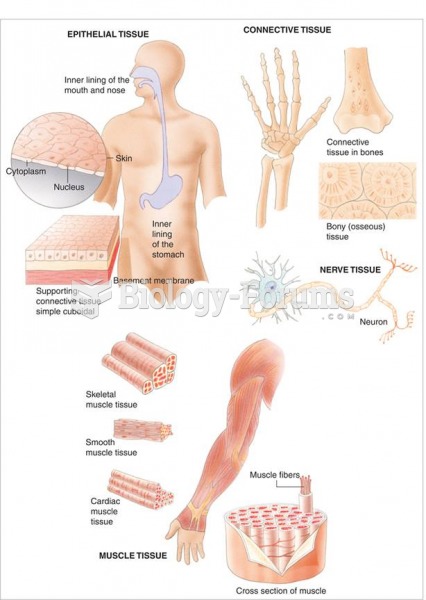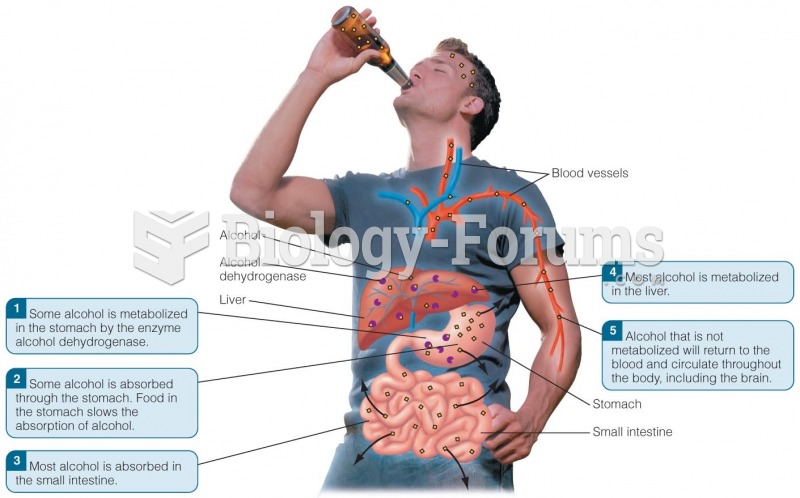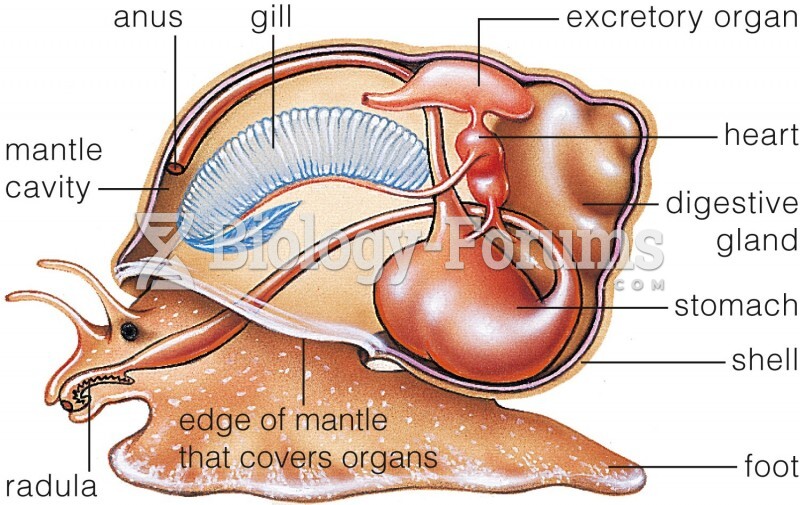Answer to Question 1
Absorption of iron increases during iron deficiency and decreases during periods of iron excess. The iron-regulating mechanisms involve altering the production of the iron transport proteins in the brush border cell membranes as well as of the ferritin in the enterocytes.
During iron deficiency, the body increases production of the iron transport proteins while decreasing production of ferritin. In this way, iron transport into the enterocyte is increased, and there is less ferritin to bind the iron within the cell. Together, these actions increase movement of iron from the intestinal lumen through the enterocyte, and ultimately into the circulation.
If the body has adequate or excess iron, production of iron transport proteins decreases and production of ferritin increases. This causes less iron to be transported into the enterocyte, and that which is transported is more likely to be retained in the cell. These iron-rich enterocytes are eventually sloughed off into the intestinal lumen and eliminated in the feces. (The presence of iron in the feces can cause stools to be black in colora classic sign of iron overload.) In this way, enterocytes lining the small intestine serve as important regulators of iron status, helping prevent both iron deficiency and toxicity.
Answer to Question 2
Trace minerals tend to act as cofactors and prosthetic groups and provide scaffolding for many of the hard tissues in your body.
Some trace minerals are cofactors of metalloenzymes. (Binding of the mineral cofactor to the enzyme activates it, allowing it to bind to its substrate and carry out its function.)
Other trace minerals are components of larger nonenzymatic prosthetic groups (nonprotein components of proteins). Hemoglobin is an example.
Some trace minerals provide structure to mineralized tissues. Fluoride, which provides strength to bones and teeth, is an example.







